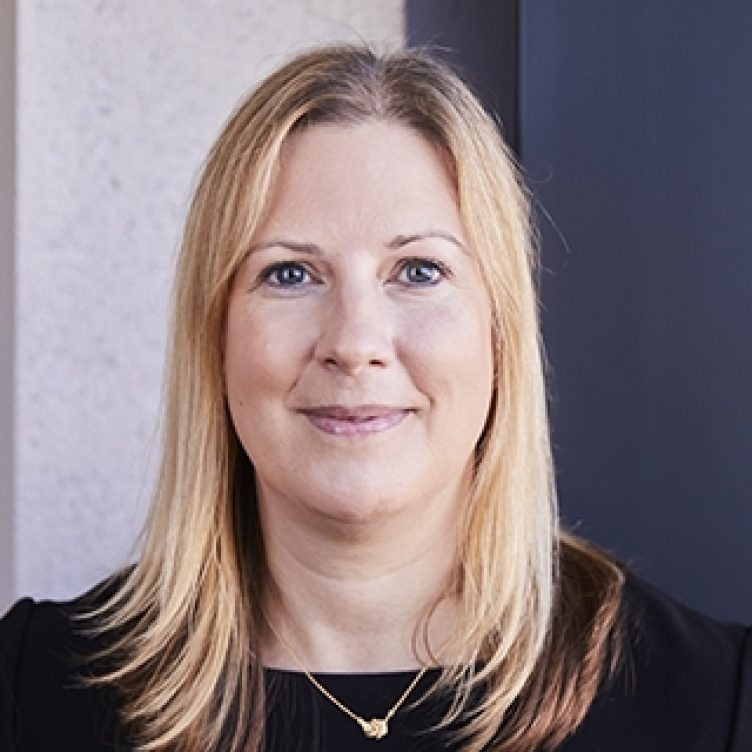The court has had the power to order that experts give evidence concurrently (also known as “hot-tubbing”) since the amendment to the Practice Direction to CPR Part 35 in April 2013. However, since then there appears to have been little appetite by lawyers for taking up hot-tubbing voluntarily.
On 1 August 2016, the Civil Justice Council (CJC) published a report on concurrent expert evidence after seeking views from judges, lawyers and experts with experience of concurrent expert evidence.
The report concluded that hot-tubbing was improving the quality of the giving of expert evidence at trial, providing greater focus on the issues in dispute, saving court time and helping judges to determine disputed issues.
The report made a number of recommendations, including:
- Amendment to the Practice Direction to CPR Part 35.11 and recommendation that the practice direction should be revised to reflect that hot-tubbing was “but one form of concurrent evidence”;
- Preparation of a guidance note on hot-tubbing for judges and practitioners, which would specify what factors might indicate that concurrent evidence was or was not appropriate for a particular case;
- Preparation of an information note for experts to be disseminated to websites such as the Academy of Experts, Expert Witness Institute, and Civil Justice Council, which would explain the hot-tubbing process and how it differs from the traditional manner of giving evidence at trial.
Following publication of the CJC report, a subcommittee was set up under the chairmanship of Mr Justice Kerr, to consider the report.
The Civil Procedure Rules Committee (CPRC) minutes in February 2017 noted that there is a danger that hot-tubbing will not be used unless it is imposed through the CPR and or standard court directions. The committee concluded that a general requirement for hot-tubbing would be “a step too far” but it also noted that there are certain cases where it should be considered a default.
The subcommittee was tasked with considering a number of specific issues including:
- Specific classes of case or types of issue for which hot-tubbing might be appropriate
- How hot-tubbing should be raised with the parties in such cases
- Appropriate wording for standard directions
- Where and how decisions about hot-tubbing should take place.
The CPRC discussed hot-tubbing again in May 2017 and agreed minor variations that judges can adopt in orders for concurrent evidence, but it acknowledged that the changes it had recommended were not as radical as those recommended by the CJC.
Whereas currently the rules allow the judge to direct the parties to agree an agenda for the giving of concurrent evidence, it is likely that the CPR will be amended to allow the court to set the agenda.
The CRPC subcommittee considered whether it wanted to limit the concept of concurrent expert evidence to “classic” hot-tubbing, or approve an alternative approach to concurrent expert evidence. The committee sought a decision from the wider CJC on which of the following two approaches should be adopted in the rules:
“Approach A” treated “concurrent expert evidence” as embracing “the full range of methods” including back-to-back expert evidence, issue-by-issue expert evidence and “hybrid” procedures.
Approach B limited it to “classic hot-tubbing” (where experts are sworn, and give their evidence at the same time as one another).
The more limited approach (approach B) was preferred.
The committee met again in June 2017 to seek the approval of the CPRC to amendments to Practice Direction 35, and related changes to the standard form case management directions and to questions in directions questionnaires and listing questionnaires.
Although approach B was favoured, the proposed amendments to the Practice Direction appears to be wider in that it states “the court may direct the evidence to be given in any appropriate manner. This may include a direction for experts from like disciplines to give their evidence and be cross examined on an issue by issue basis, so that each party calls its expert or experts to give evidence in relation to a particular issue, followed by the other parties calling their expert or experts to give evidence in relation to that issue.”
It has not been announced yet when the changes to the CPR will come into force and this remains a work in progress, so we will have to wait to see what is finally implemented. However, it is clear that concurrent expert evidence is here to stay and it is likely to increasingly become a standard feature at trial.
You can find further information regarding our expertise, experience and team on our Clinical Negligence pages.
If you require assistance from our team, please contact us or request a call back from one of our lawyers by submitting this form.
Media contact: Lydia Buckingham, Senior Marketing Executive, +44 (0) 20 7822 8134, lbuckingham@stewartslaw.com



